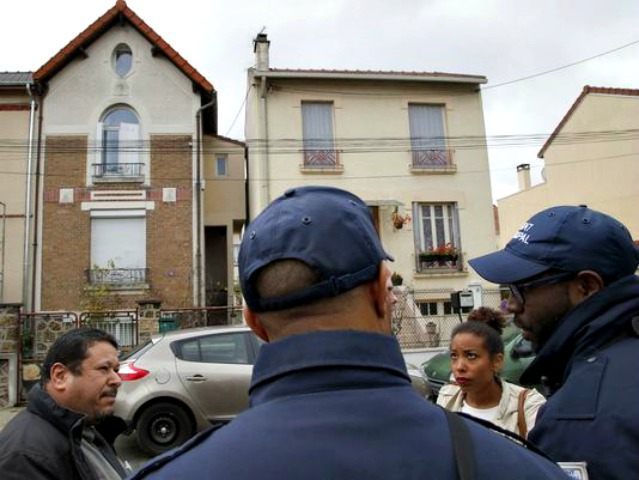Over 1,200 of the people who left their homes in Europe and the United States to become fighters for ISIS have returned to Europe, according to an Associated Press review.
“Many have been jailed but others – absorbed into the underbelly of some of the continent’s biggest cities – have thrived with impunity,” warns the AP. That would include all five of the Frenchmen involved in the Paris terror attacks.
“The Belgian believed to have masterminded the Paris attacks bragged about his ability to return home from Syria, saying an ID check by police raised no flags,” notes the report. “Two of the Frenchman responsible for the rock concert bloodbath had apparently done the same back and forth unnoticed, despite having files linking them to terrorism and Islamic radicalism.”
Perhaps most disturbingly, the pace of departures continued unabated after the Charlie Hebdo massacre at the beginning of 2015, despite copious promises of a crackdown. France is described as Europe’s leading exporter of jihadis, while Belgium sends the highest number per capita. Departures from France surged after reports of the Assad regime employing chemical weapons in Syria in 2013, and never went down.
Another unsettling detail is that the official total of trained jihad fighters returning to France is much lower than the Associated Press tally. The French government says the number is only 250, but the AP stands by their estimate of over 1,200. One clear sign the number is much higher than officials are willing to admit is that the French justice system is overwhelmed with jihadis; some of those arrested upon returning from Iraq and Syria in 2013 still haven’t gone on trial.
Terrorism experts say that jihadis returning from the bloody borders of the Islamic State with military training are far more dangerous than home-grown extremists, but of course the seasoned fighters will likely pass on their knowledge to eager young apprentices and, as the Paris massacre demonstrated, it does not take a great deal of martial skill to mow down unarmed civilians in a concert hall, or methodically execute people in wheelchairs.
The returning-jihadi problem is hardly limited to France and Belgium. In March, the UK Telegraph reported that the number of “battle-hardened and vengeful” fighters returning to Britain was much higher than the authorities expected, with at least 700 Britons considered “dangerous” by the police setting out to fight for the Islamic State, and nearly half of them returning. Some two dozen of them had already become embroiled in terrorist plots that were thwarted by security services.
Australia saw an estimated 120 of its citizens leave to fight for ISIS, but The Australian reckoned they were more fortunate than Britain, because a higher percentage of Australian recruits appear to have been killed in battle overseas, or cannot escape from the Islamic State. In fact, the majority of the 30 Australians who have returned home from fighting in Syria are thought to have served with rebel groups that were not aligned with either ISIS or al-Qaeda.
One returnee who did serve the Islamic State, “ISIS Nurse” Adam Brookman, is currently standing trial in Australia after surrendering himself to Turkish authorities.
One important consideration in the disposition of returning ISIS fighters will be the importance of dissuading fresh recruits from getting involved with the terror state. It almost beggars the imagination that people who turned coat against their own nation, swore fealty to a hostile power, and served in a military noted for constant crimes against humanity would be able to return home, and in many cases, evade all consequences for their treason. Unfortunately, such tales are likely to inflame the imaginations of impressionable young recruits.

COMMENTS
Please let us know if you're having issues with commenting.